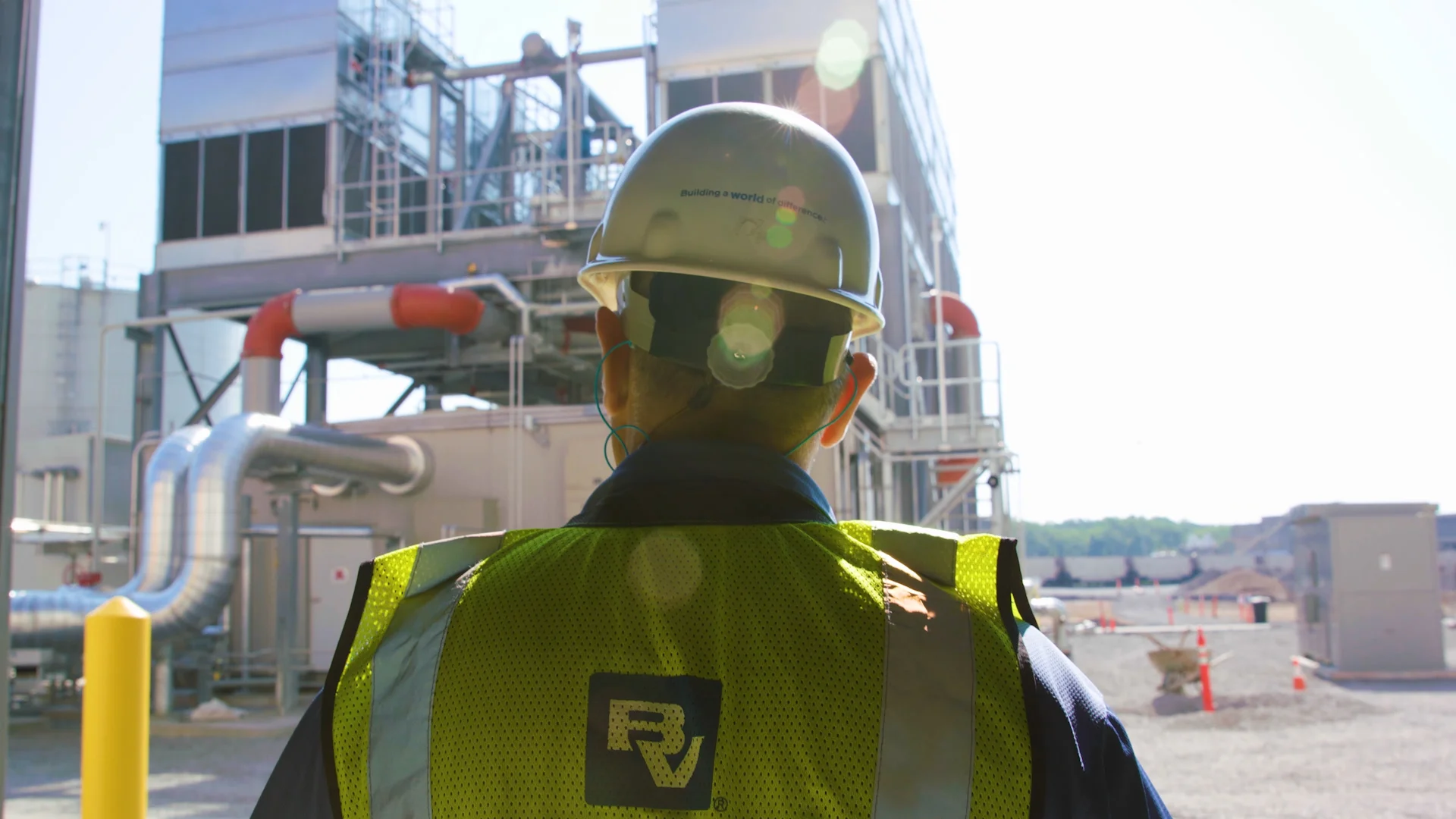Helicopters were used to fly equipment and poles to the project site from a staging site located on private land. The helicopters delivered one pole per trip via winch line and hovered 200 to 300 feet above grade at each site, depending on the terrain, above where ground personnel were stationed. This required careful coordination with CDOT, which implemented complete shutdowns of I-70 to ensure the safety of the passengers and vehicles during all live helicopter flights.
Black & Veatch worked closely with Xcel Energy to provide engineering construction support as required during all construction activities.
Embracing Technology in Construction
Technology also played a significant role in helping the project come to life. Black & Veatch used sophisticated 3D engineering modelling with PLS-CADD software to model the full system, including transmission PLS-Pole structure models, with all wires modelled in the full system. The engineering team also incorporated LiDAR survey data to ensure that adequate clearance was kept between the wires, ground and any above-ground obstacles or crossings meeting Xcel Energy engineering design guides along with NESC code, and applicable industry design standards.
“Using PLS-CADD and LiDAR allowed transmission line engineering to improve from prior legacy line design methods – not only to account for the exact conditions present in the field, but to ensure that the rebuilt line will meet current Xcel Energy design criteria and current Xcel Energy design guides,” said Jirsaraie.
Prior to flying the new structures to the project site, the structures were framed with crossarms, insulators and ground wires to help reduce the amount of work required in the canyon along the interstate. When feasible, the old structures were planned to be removed from their existing holes and the existing holes were to be filled in with rock. When removal was not an option, the old structures were cut off at the base and disassembled, then removed via helicopter.
The holes for the new transmission and distribution structures were dug by hand, with assistance from jackhammers powered by air compressors.To reduce visual impacts and disturbance in Glenwood Canyon, the team placed distribution underbuild on some of the transmission structures. By underbuilding distribution on the structures, the team was able to eliminate 10 distribution-only pole structures.
“Black & Veatch’s engineering design team did a great job on this one-of-a-kind project, with zero safety incidents resulting,” said Jirsaraie. “Using new technologies and delivery methods helped ensure the successful replacement of all poles required for the project, and even allowed us to reduce the number of structures in the canyon. This project really helps ensure that Xcel Energy can continue to deliver reliable, resilient power to the people of Western Colorado.”




